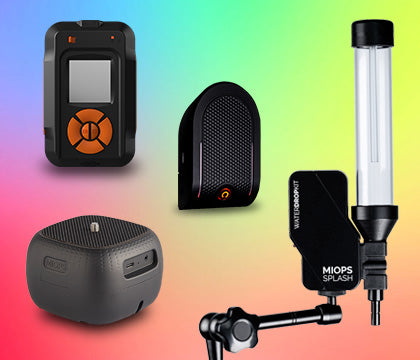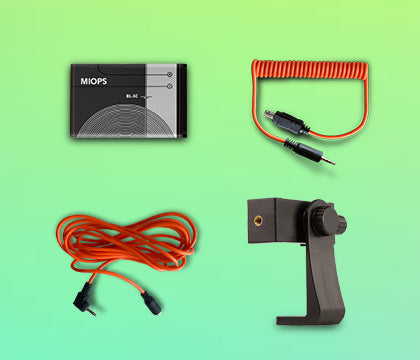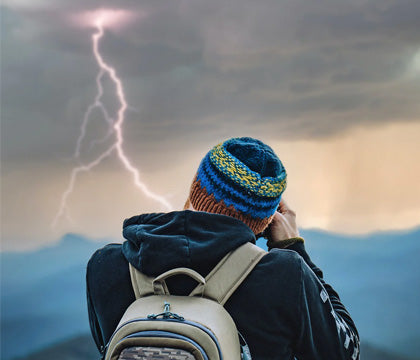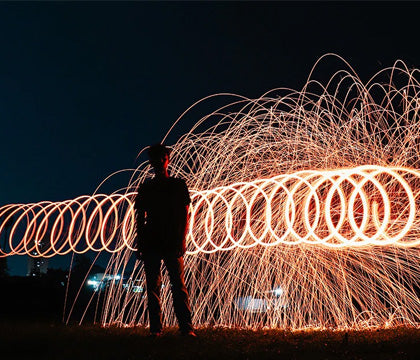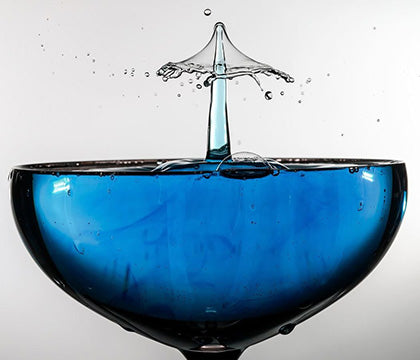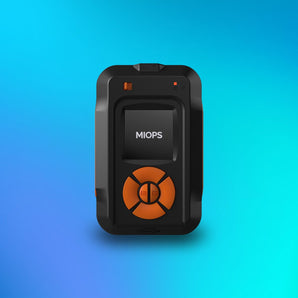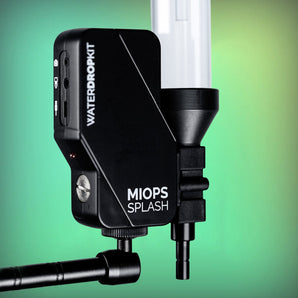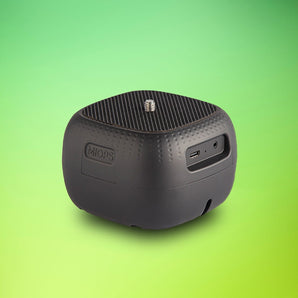The magic of sunset photography lies in capturing nature's most spectacular light show. These tips will help you master the art of sunset photography and create breathtaking images that tell compelling stories.
1. Plan Your Shoot with Photo Expert
Timing is crucial for sunset photography. Photo Expert app serves as your ultimate planning companion by providing:
- Precise sunset times
- Golden hour duration
- Blue hour timing
- Sun position tracking
- Location scouting features

2. Arrive Early, Stay Late
The best sunset photos require preparation:
- Set up 1 hour before sunset
- Scout your location during daylight
- Stay 30-45 minutes after sunset
- Capture the entire color progression
3. Master the Golden Hour
The golden hour - that magical period just before sunset - creates:
- Warm, soft lighting
- Long, dramatic shadows
- Rich, golden tones
- Perfect conditions for silhouettes

4. Utilize the Blue Hour
The blue hour occurs after sunset, offering:
- Deep blue skies
- Soft, diffused light
- Urban lighting balance
- Mysterious atmosphere
5. Choose the Right Camera Settings
Best Camera Settings
- Aperture Settings:
- Use f/8 to f/16 to get everything in focus
- f/11 works best for most sunset photos
- Choose f/16 when the sun is in your picture
- Pick f/8 when it's getting dark to keep photos sharp
- ISO Settings:
- Begin with ISO 100 for the clearest photos
- Move up to 400 as it gets darker
- Stay under ISO 400 to avoid grainy photos
- Use ISO 200 around sunset time
- White Balance Settings:
- Cloudy mode (5500K) makes sunset colors pop
- Shade mode (7000K) adds orange tones to cool scenes
- Auto mode works but might dull sunset colors
- Manual mode gives you exact color control

Camera Modes
- Using Manual Mode:
- You control all settings yourself
- Your photos stay consistent
- Better for tricky lighting
- Using Aperture Priority Mode:
- Quick to adjust as light changes
- Keeps your chosen focus range
- Good for taking multiple exposure shots
- Best when the sun is setting quickly
Pro Tip: Always shoot in RAW format to preserve maximum detail in highlights and shadows, allowing for greater flexibility in post-processing.
6. Use Essential Equipment
Key tools for success:
- Sturdy tripod
- Neutral density filters
- Remote shutter release or Camera Trigger
- Wide-angle lens
- Lens cleaning kit
7. Master Composition Techniques
Create compelling images with:
- Rule of Thirds: Place horizon on upper/lower third
- Leading Lines: Use paths, roads, or shorelines
- Foreground Interest: Include rocks, trees, or structures
- Silhouettes: Position subjects against bright sky
- Reflections: Utilize water surfaces when available
8. Post-Processing Tips
Enhance your sunset photos:
- Adjust white balance for mood
- Fine-tune exposure
- Enhance colors selectively
- Balance highlights and shadows
- Maintain natural appearance
How to Take Better Sunset Photos
Take better sunset photos with these proven methods:

Using HDR (High Dynamic Range)
- Take several photos at different light levels and combine them
- Best Camera Settings:
- Take photos 2 steps darker and lighter than normal
- Use lowest ISO possible for clear photos
- Don't move the camera between shots
- Use HDR software to blend photos naturally
Getting the Right Exposure
- Three-Photo Method:
- One normal photo
- One darker photo
- One brighter photo
- Five-Photo Method for very bright and dark scenes:
- Two darker photos
- One normal photo
- Two brighter photos
- Use your camera's auto-bracketing for quick shots
Combining Different Focus Points
- How to Do It:
- Focus on close objects
- Focus on middle objects
- Focus on far objects
- Keep the same exposure for all shots
- Use manual focus for better control
- Combine photos in editing software
Making Time-lapse Videos
- What You Need:
- Timer remote
- Sturdy tripod
- Backup batteries
- Best Settings:
- Take a photo every 5-10 seconds
- Begin 30 minutes before sunset
- Use manual mode for consistent photos
- Gradually adjust settings as light changes
- Use darkening filters to control bright light
Weather Considerations
Different conditions create unique opportunities:
- Partly Cloudy: Dramatic light rays
- High Clouds: Vibrant colors
- Clear Skies: Clean, minimalist shots
- Stormy Weather: Dramatic atmosphere
Location Selection

Best Places to Photograph Sunsets
High Ground
- Hills and Ridges: Clear views in all directions
- Lookout Points: Steady spots for longer shots
- Building Rooftops: Great for city sunset shots
- Fire Lookouts: Clear views above the trees
By the Water
- Rocky Shores: Add drama to the foreground
- Beaches: Great for catching reflections
- Piers: Create depth with lines and structures
- High Cliffs: See both ocean and sky
- Harbors: Mix boats and sunset colors
City Spots
- Parks: Mix trees with buildings
- Bridges: Combine structures with natural light
- Downtown: Get building shadows against colorful skies
- Factory Areas: Mix industrial views with sunset glow
- Town Squares: Add people to sunset scenes
In the Mountains
- Peaks: See above the clouds
- Valley Views: Show depth in the landscape
- Mountain Lakes: Catch mirror-like reflections
- High Trails: Find unique angles
- Open Meadows: Add flowers and grass to the scene
In the Desert
- Sand Dunes: Create simple, clean shots
- Rock Shapes: Add natural patterns
- Green Spots: Mix plants with desert views
- Old Ruins: Include historic places
- Canyon Edges: Frame sunsets with rock walls
Common Mistakes to Avoid
- Centering the horizon
- Underexposing foreground
- Using automatic settings
- Forgetting composition basics
- Over-processing images
The art of sunset photography combines technical skill, creative vision, and careful planning. Using Photo Expert for timing and location planning gives you an edge in capturing stunning sunset shots. Remember, it's not just about the technical aspects - it's also about being present in the moment and capturing the mood and beauty of nature's daily spectacle. So grab your camera, find a beautiful spot, and let the magic unfold. Happy shooting! a significant advantage. Practice these techniques regularly, experiment with different conditions, and develop your unique style. Each sunset presents a new opportunity to capture nature's most beautiful moments.
Remember to respect nature, follow local regulations, and preserve the locations you photograph for future generations to enjoy.
Photo Expert: Advanced Photography Planning Tool
Transform your photography with Photo Expert's comprehensive planning features designed to help you capture extraordinary moments. From celestial events to perfect timing, our tools ensure you never miss the perfect shot.

Photo Calendar Track photography opportunities with ease:
- Visual Event Calendar
- View celestial events, super moons, meteor showers, and rocket launches
- Easy-to-read icons for quick reference
- Monthly overview of opportunities
- Event Details
- Access precise timing information
- Location-specific details
- One-tap event information
- Smart Reminders
- Customizable notification settings
- Never miss critical moments
- Advance planning alerts
- Upcoming Events Overview
- Quick-access event list
- Chronological timeline
- Priority event highlighting
Shoot Planner Perfect your shots with precise planning tools:
- Interactive Mapping
- Real-time Sun and Moon positioning
- Milky Way tracking
- Date and time-specific visualization
- Location Management
- Mark current position
- Set target shooting locations
- Save favorite spots
- Time Control Features
- Dynamic Time Bar navigation
- Light condition previews
- Hour-by-hour planning
- Event Planning
- Eclipse alignment tools
- Meteor shower tracking
- Moon phase optimization
- Composition planning with adjustable pins
- Date Flexibility
- Multiple date comparisons
- Alternative timing options
- Optimal shooting time identification
- Blue hour timing
- Sun position tracking
- Location scouting features
Sun & Moon Tracking
- Map View: See solar, lunar, and Milky Way positions on an interactive map for any location and date
- Augmented Reality (AR) View: Use your phone's camera to overlay the real-time positions of the Sun, Moon, and Milky Way directly on the sky
- Sun Tracker: Get exact sunrise, sunset, golden hour, and blue hour timings for any location
- Moon Tracker: View detailed moon phase information, including moonrise, moonset, and moon age
- Milky Way Planner: Prepare for stunning night photography by knowing exactly when and where the Milky Way will appear
Conclusion
These comprehensive tracking features work seamlessly together to provide photographers with unparalleled precision in planning their shoots. Whether you're capturing a dramatic moonrise over city skylines or the ethereal glow of the Milky Way in remote landscapes, having accurate celestial positioning data at your fingertips ensures you'll never miss that perfect moment. The combination of map-based planning and AR visualization makes it remarkably straightforward to envision your shots before arriving on location, saving valuable time and maximizing your chances of capturing stunning astronomical phenomena.
FAQs (Frequently Asked Questions)
What is the best time to photograph sunsets?
Timing is crucial for sunset photography. It's recommended to plan your shoot using the Photo Expert app to determine the exact time of sunset and arrive early to set up your equipment.
What camera settings should I use for sunset photography?
For sunset photography, it's best to use aperture settings between f/8 and f/16 to ensure everything is in focus. Using Manual Mode allows you to control all settings yourself for optimal results.
What is the golden hour and why is it important?
The golden hour refers to the magical period just before sunset when the light is soft and warm. This time enhances the colors in your photos, making it ideal for capturing stunning sunset images.
How can I enhance my sunset photos during post-processing?
To enhance your sunset photos, adjust the white balance to set the mood and fine-tune exposure levels. Post-processing can significantly improve the overall look of your images.
What common mistakes should I avoid in sunset photography?
Common mistakes include centering the horizon, underexposing the foreground, and relying solely on automatic camera settings. Being mindful of these issues can greatly improve your results.
Where are some of the best locations for photographing sunsets?
Great locations for photographing sunsets include high ground like hills and ridges for clear views, rocky shores or beaches by the water for dramatic foregrounds, city parks that mix trees with buildings, and desert landscapes featuring sand dunes or unique rock shapes.


